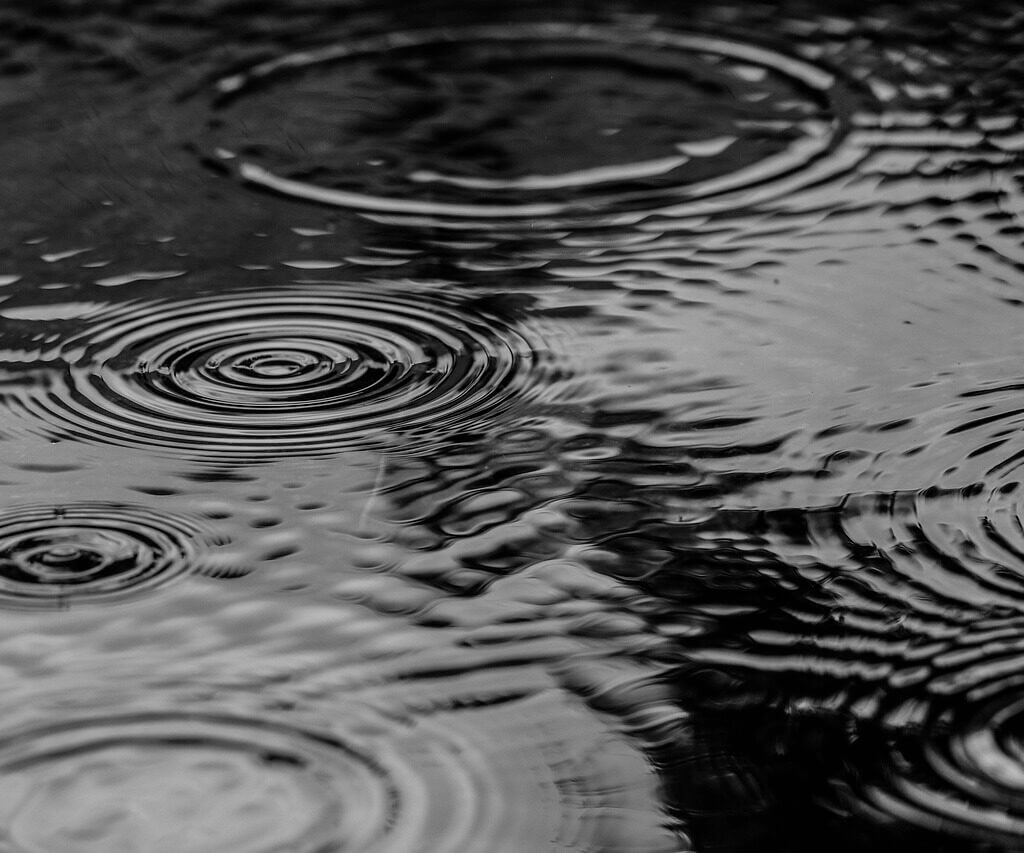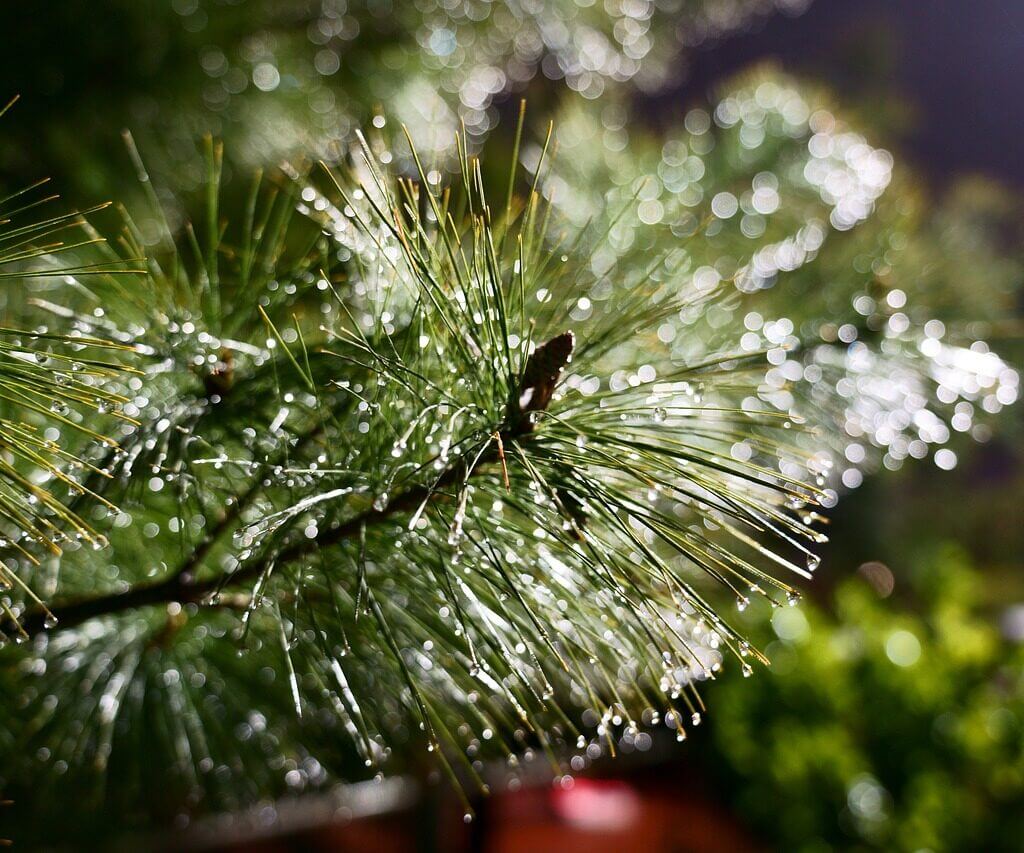Rainwater is the purest form of water in the world, and it has many advantages over other sources of water. Rainwater has been used as a source of water since ancient times, and it is still used today in many parts of the world. Rainwater is the most natural and safest form of water available, and it is often preferred over other sources of water due to its purity, affordability, and availability.
Rainwater is one of the purest forms of water because it is not exposed to any type of pollution or contamination. Rainwater is formed when the sun’s radiation evaporates water from the Earth’s surface and it is then carried in the atmosphere by the wind. As it moves through the atmosphere, it passes through clouds, which filter out any particles, dust, and pollutants that the wind might have picked up. This process of filtration and purification makes rainwater one of the purest forms of water. Rainwater is also much more affordable than other sources of water.
When water is drawn from a river, lake, or underground aquifer, it often requires treatment to make it safe for human consumption. This process can be expensive and time consuming. With rainwater, however, there is no need for treatment, making it significantly more cost effective. Additionally, rainwater is usually readily available, making it a much more convenient source of water than other forms of water. Rainwater is also important for the environment. Rainwater helps to replenish groundwater, which is essential for many plants, animals, and humans.
Additionally, rainwater helps to reduce the amount of runoff from urban areas, which can otherwise pollute waterways. When rainwater is harvested, it can also reduce the amount of water that is taken from rivers, lakes, and other natural water sources. This helps to conserve water resources and ensures that there is enough water for everyone. Rainwater also offers many health benefits. Rainwater is free from many of the pollutants found in other sources of water, such as arsenic, lead, and other heavy metals. Rainwater also contains fewer chemicals, making it much safer to drink than other sources of water. Additionally, rainwater is naturally filtered and oxygenated, making it much more refreshing to drink than other sources of water.

Overall, rainwater is the purest form of water available and has many advantages over other sources of water. It is the most natural and safest form of water, and it is much more affordable and available than other sources of water. The rainwater directly comes from the condensation of water in the presence of the sun and helps to replenish groundwater, reduce runoff, and conserve water resources. Additionally, rainwater is free from most pollutants and chemicals, and it is naturally filtered and oxygenated, making it much more refreshing to drink. For all these reasons, rainwater is the purest form of water and should be considered as a primary source of water for drinking and other uses.
Rainwater harvesting is a practice that has been used for centuries to capture, store, and use rainwater for a variety of purposes. As the world’s population has grown, so has the demand for freshwater and the need to conserve it. Rainwater harvesting system is an effective way to conserve and reuse fresh water, while also reducing the amount of water that is lost due to runoff. The most common uses of harvested rainwater are for irrigation, drinking, and household use. Rainwater collection can be done in a variety of ways, including rain barrels, rain gardens, and cisterns.
Rain barrels are the most common method of rainwater harvesting. A rain barrel is a tank that collects and stores rainwater from roofs and other surfaces. These tanks are typically connected to downspouts that collect runoff water and direct it into the rain barrel. Rain barrels can be used to store and use water for gardening, lawn care, and other outdoor activities. Rain gardens are another way to capture and store rainwater. Rain gardens are shallow depressions that are planted with native plants that can absorb and retain rainwater. They are designed in such a way that they can hold more water than the surrounding soil and can reduce soil erosion and runoff.
Rainwater collection is important because it is a sustainable, renewable and reliable resource. Rainwater collection is used to provide water for drinking, cooking, washing, irrigating crops, and other uses. It is also a great way to reduce water bills and can even be used to provide water to communities in areas where water is scarce. Also, it helps reduce soil erosion, flooding, and water pollution. Lastly, rainwater collection can be used to provide water to areas that have been affected by drought or other natural disasters.

